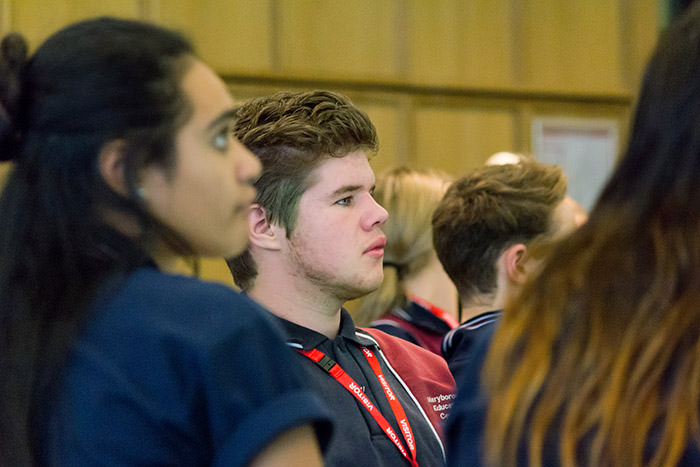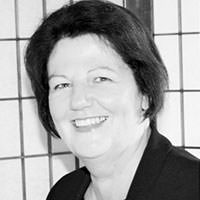Volunteering rates in Australia are declining for the first time in 20 years, according to the Australian Bureau of Statistics General Social Survey.
The majority of people feel too rushed or pressed for time to volunteer.
The ABS reported that 31% of Australians volunteered compared with 36% four years previously when the last General Social Survey was published.
Rather than signalling apathy this may be pointing to shifts in the nature and methods of volunteering. A shift to quality volunteering over quantity. A focus on outcomes rather than the number of hours contributed. And a shift to volunteering on-line.
This is most evident in employee volunteering. It has been estimated that 70% of Australian companies have a policy of providing paid volunteer leave. According to the London Benchmarking Group 12.8% of employees in Australia/New Zealand volunteer on company time.
And more and more people are doing skilled volunteering where they provide their professional skills to charities and not-for-profit organisations.
For example, a five-person team of business analysts and market researchers put almost 100 hours into a project for The Big Issue, the magazine business which provides support to the homeless. They trawled through six years of data to provide The Big Issue with an Excel tool for making business investment decisions.
According to The Big Issue: “We have a business need for information but we don’t have the people to do it, or the budget to employ someone to do it. So we get a piece of work from Origin that’s very valuable.”
Other examples of such skilled volunteering include executive-level mentoring during a charity merger, and a web site refresh for an Indigenous school - to which the school attributed a $30,000 donation.
Skilled volunteering can directly contribute to not-for-profit program objectives. We have employees working with the Beacon Foundation to bridge the gap between education and employment for students from schools in low socio-economic areas, by boosting their aspirations, motivation and employability skills through exposure to the workplace. Our engineers and scientists work with Engineers Without Borders to inspire educate and train school students in local and global applications of engineering for positive social change.
The other big shift in the dynamic is the advent of virtual volunteering. These days you don’t even need to leave your desk to participate in volunteering.
For example, though The Smith Family’s iTrack mentoring program, volunteers spend an hour a week providing guidance and encouragement about study and career options to high school mentees.
The iTrack program matches students across the country with supportive adult mentors through a secure online forum. Origin employees have helped over 200 students through this program.
Virtual volunteering provides real freedom and flexibility and is an option for employees who want to give back but are unable to commit to events which take them away from the workplace
While virtual volunteering is growing in popularity it is not measured in the ABS data.
The danger of misinterpreting rates of volunteering is that it leads to attempts to codify the practice. The UK Government, for example, was last year proposing to give employees in large companies an entitlement to three days paid volunteering.
Here in Australia, the Prime Minister’s Community Business Partnership has an expert roundtable looking into how to increase employee volunteering and is currently conducting a large scale piece of research.
The increasing sophistication and impact of employee volunteering puts a different gloss on the reported decline in volunteering. While the quantum of volunteering might be falling, the results may be providing a greater value-add to community organisations.


